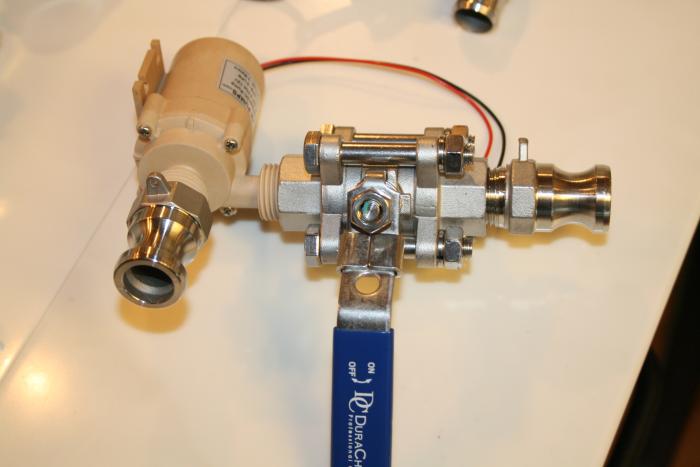First, don't listen to Johns, he doesn't know what he's talking about.
Second, you need a power supply that matches the VOLTAGE (DC power supply) of the pump. The tan one's power requirements listed on ebay is "Rated voltage: 12V DC. Rated current: 0.8A."
You need to match the voltage and match or exceed the amperage. The motor pulls as much power as it needs, so even if the power supply is able to supply more than .8A, the pump will only draw .8A, without causing any problems.
For example, using a power supply rated at 12v, 1.2A would work just fine.
+1 to this!
I would add that finding a power supply that exceeds the amperage stated on the pump is best, the pump can draw more amps than it states, and having a power supply that is right at the rating can cause the supply or motor to fail. 1A or 1.2A on a .8 rated pump is more than enough wiggle room.






